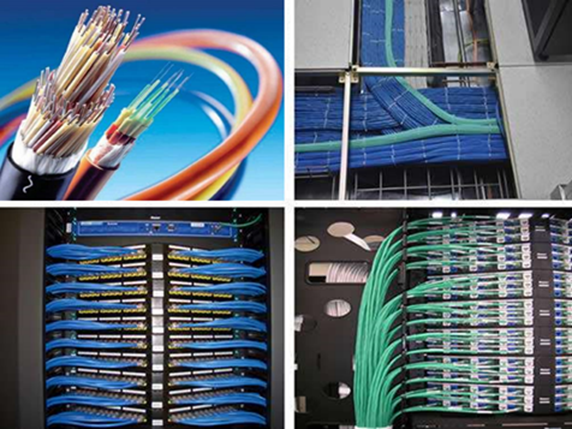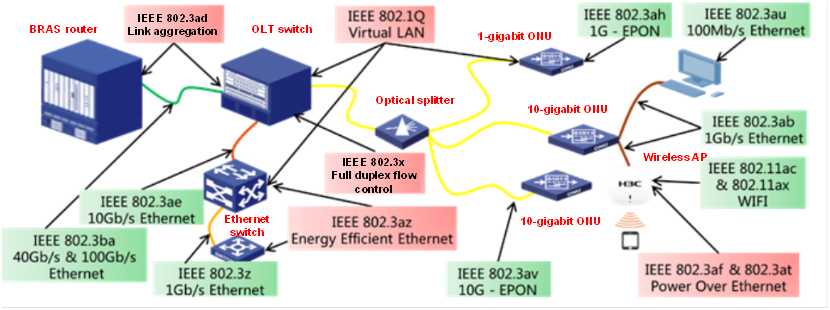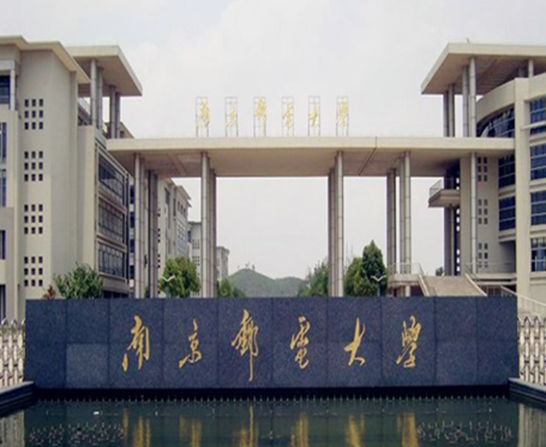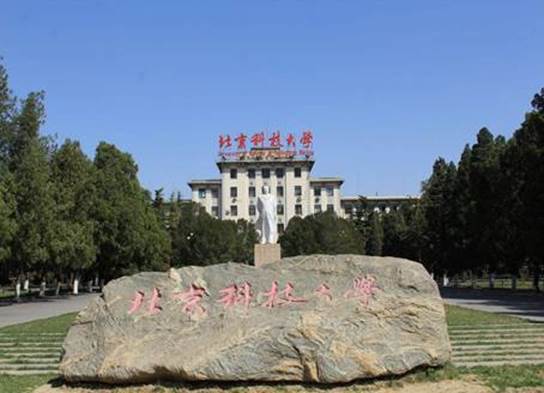Country / Region
New Generation 10G PON Campus Network
In consideration of the services in the campus network, PON is only applicable to the dormitory area.
Background
With the constant development of IT technologies and the rapid construction of the smart campus, colleges and universities keep updating their requirements for the campus network application. The traditional network architecture and management model in the dormitory area gradually bring about difficulties: complex access device management, low utilization of bridging space, insufficient innovation in access technologies, unavailable unified authentication and dual-stack activation of wired and wireless networks, and difficulty in user control of wireless networks. Therefore, exploring a new network architecture system and management mode for the dormitory area is an urgent task for network administrators at colleges and universities. The access network in the dormitory area needs to be greatly improved.
Numerous devices for O&M and complex management: The networks in the dormitory area are jumbled with a wired network and a wireless network, involving various devices. A large number of access devices need to be configured and managed, and the overall network architecture is complex, resulting in a heavy O&M workload.
High cost and short service life of network cables: The network cables have limited coverage, tight bridge space, and short service life, and even pose potential safety hazards. Upgrading and reconstructing the bridge require a heavy rewiring workload, high cost, and high energy consumption for weak wells.
Solution overview

As the user-side access network of the campus network in the dormitory area, H3C PON can combine with the SDN campus network and the BRAS backbone network. 10G EPON products include S7500E series optical line terminals (OLTs) and ET series optical network units (ONUs). ONUs include 1G, 10G, POE, converged Wi-Fi, and other models.
It contains the converged network architecture and switch networks in office and teaching areas. PON in dormitory areas requires no equipment room for the weak well and power supply. It has no limit for clients within 100 meters and covers the areas within a 20 km radius. On-demand capacity expansion and 10-year flexible upgrade are supported for services. Services can be expanded with an optical fiber carrying multiple services. The bandwidth improves with services, requiring no wiring change and no construction for the upgrade. Faults can be spotted in real-time. Efficient management ensures service online, and the deployment is plug-and-play. It adopts zero-touch provisioning, reducing troubleshooting response time to minutes.
Solution highlights

Plug-and-play ONU with the maintenance of only one OLT
The iMC has a preset configuration template, which improves the deployment efficiency by 75%. The ONU is automatically registered to the OLT during deployment. The optical splitter is passive and configuration-free.
During maintenance, ONU is available upon replacement and free of configuration. No weak well needs to be maintained and no configuration and deployment policies are required. The troubleshooting time is reduced to minutes.
PON is maintenance-free and has no active fault points. It adopts centralized management that requires only one OLT for maintenance, greatly reducing the O&M workload.
Long service life and small space of optical fibers

Optical fibers require a small space
For the same length, the weight of an optical fiber is one-fifth of the network cable, which greatly decreases the requirements for load-bearing and installation materials and also reduces the wiring cost.
The optical splitter is a passive device that requires no dedicated equipment room, which saves space and improves the space utilization of the building.
The optical fiber adopts a glass core, plastic sleeve, and reinforcing rib, featuring a long service life and resistance to corrosion, high salt, and high humidity. It is maintenance-free for 20 years and has wide PON coverage within a 20 km radius.
Converged architecture is more suitable for the campus network

10G EPON with the advantages of Ethernet
The campus traffic is diverse. Ethernet is suitable for the backbone network and the teaching office areas. The converged architecture is suitable for the campus network. 10G EPON is an integral part of the Ethernet ecosystem. It builds a seamless, powerful, and efficient converged network with other members of the Ethernet.
The campus network bandwidth undergoes a smooth upgrade from 1G to 10G with no wiring change. Services are expanded with an optical fiber carrying multiple services. 10G EPON possesses future technologies and supports the SDN architecture. It can implement efficient and secure visual management of IoT dumb terminals with VXLAN and other new technologies.
The built-in AC function supports new Wi-Fi 6 APs and gRPC. The protocol is efficient, which is convenient to conduct data analysis. Automatic data push and sub-second data reporting enable the real-time perception of the network status.
Best practices

In the student dormitory and other areas of Nanjing University of Posts and Telecommunications, the bearer network was constructed early, resulting in tight bridge space and some long buildings. H3C 10G EPON FTTH mode is adopted for construction. Multiple 75E series OLTs are deployed in the three campuses to not only ensure the proper running of more than 2,700 ONUs, but also meet the access requirements of ordinary Ethernet switches. The overall network adopts a two-layer architecture. The BRAS device is attached to the core switch, and the OLT device is connected to the core switch in the uplink direction, requiring no multi-layer aggregation.
In the entire network, only the BRAS devices, core switches, and OLTs need O&M, simplifying the network architecture. The ONU is plug-and-play, reducing the O&M pressure on customers. The converged architecture of the switch and PON bears different service traffic on the campus. The symmetrical 10G EPON design saves the bridge space and meets the growing demand for large bandwidth on the campus.

The wireless network has been reconstructed for 12 buildings and outdoor public areas in the dormitory area of the University of Science and Technology Beijing. Among them, No.10, No.11 and No. 12 buildings are too long (some exceed 100 meters) to be covered by network cables. The reconstruction adopted the large flat two-layer network architecture. BRAS devices and ACs are attached to the core switches and connected to the backbone network with the core switches as APs. Among them, three dormitory buildings are deployed in OLT + AP4320-EPON mode and adopt the mature network architecture of "AC + AP" for the wireless system, with more than 4,700 advanced Wi-Fi 6 APs deployed.
The optical fiber covers the areas within a 20km radius, which solves the coverage problem of the network cable and saves the wiring cost and the bridge space. FTTP achieves both wired and wireless coverage, reducing the number of faulty nodes. The flat architecture, AP, and ONU-integrated AP are plug-and-play, which greatly reduces the O&M workload of customers.


